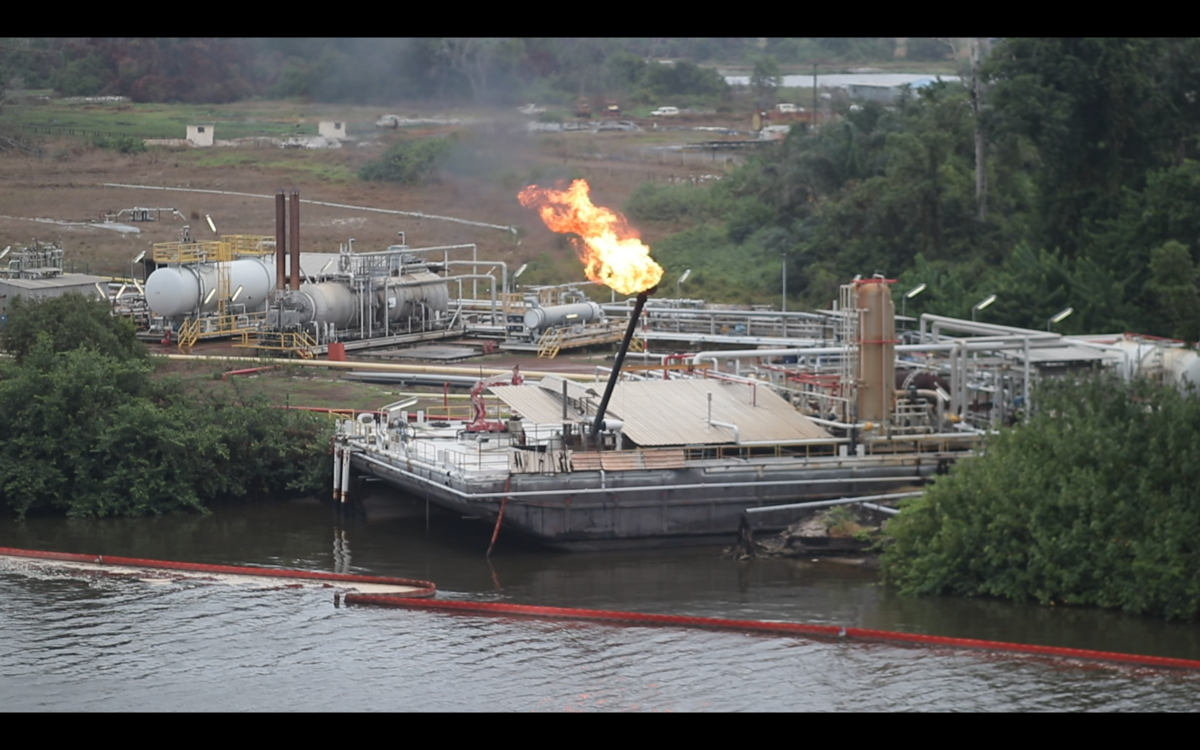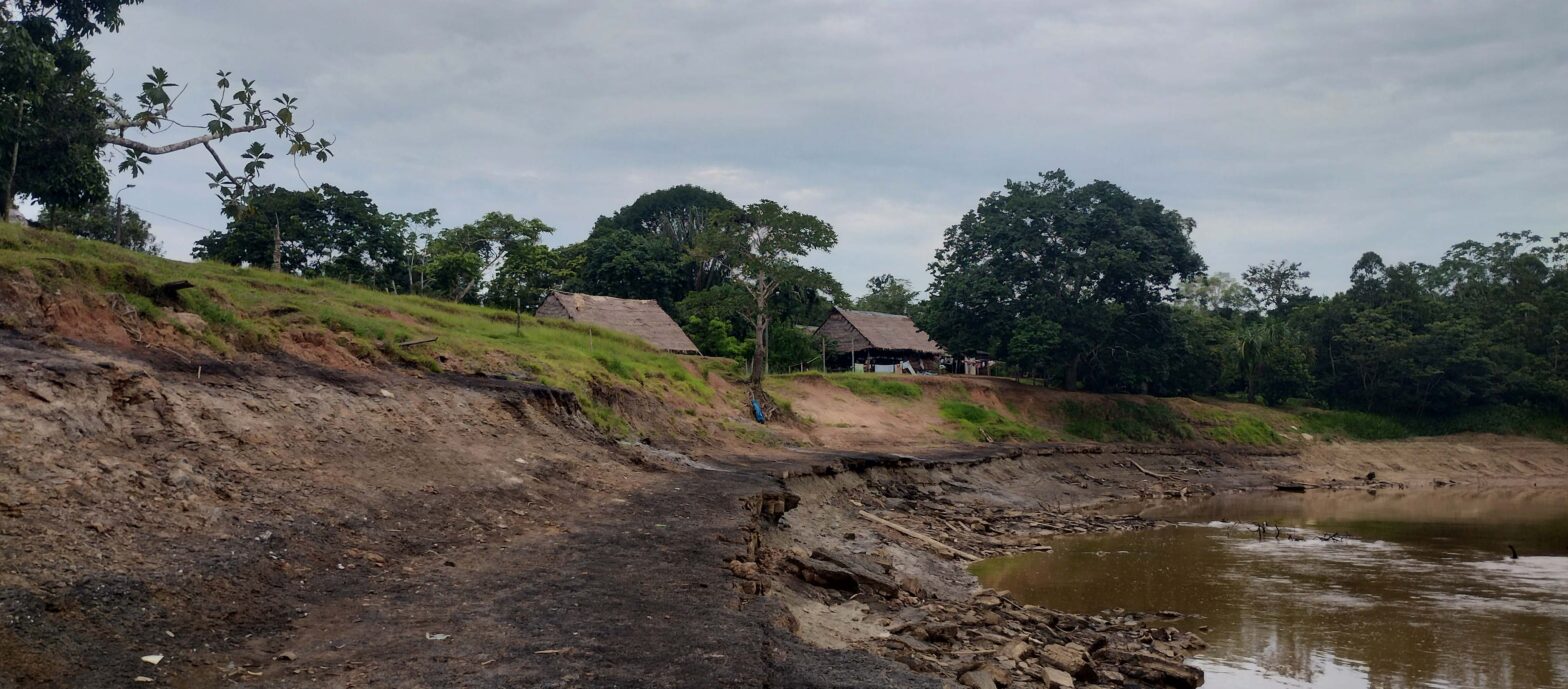The global investigation “Perenco System” carried out by InfoAmazonia and its international partners reveals the systemic aspect of France’s second largest oil and gas operator abusive extractive practices through the world: Perenco.
“Listen, I know about Perenco’s environmental issues, and they don’t keep me awake at night”, cuts short one of the group’s engineers to our request for interview over Perenco’s alleged cases of repeated pollution in Gabon.
But the company’s “issues” do not limit themselves to this country alone. In fact, Perenco’s oil and gas licenses cover 74 protected sites around the world. These are the findings of an investigation conducted for almost a year by InfoAmazonia, in partnership with the international consortium of environmental investigative journalists EIF, InfoCongo and Convoca.
In all, 9 of the 14 countries where the Franco-British company operates are affected by these problematic – and in some cases “irregular or even illegal” – overlaps between hydrocarbon tiles and protected areas.
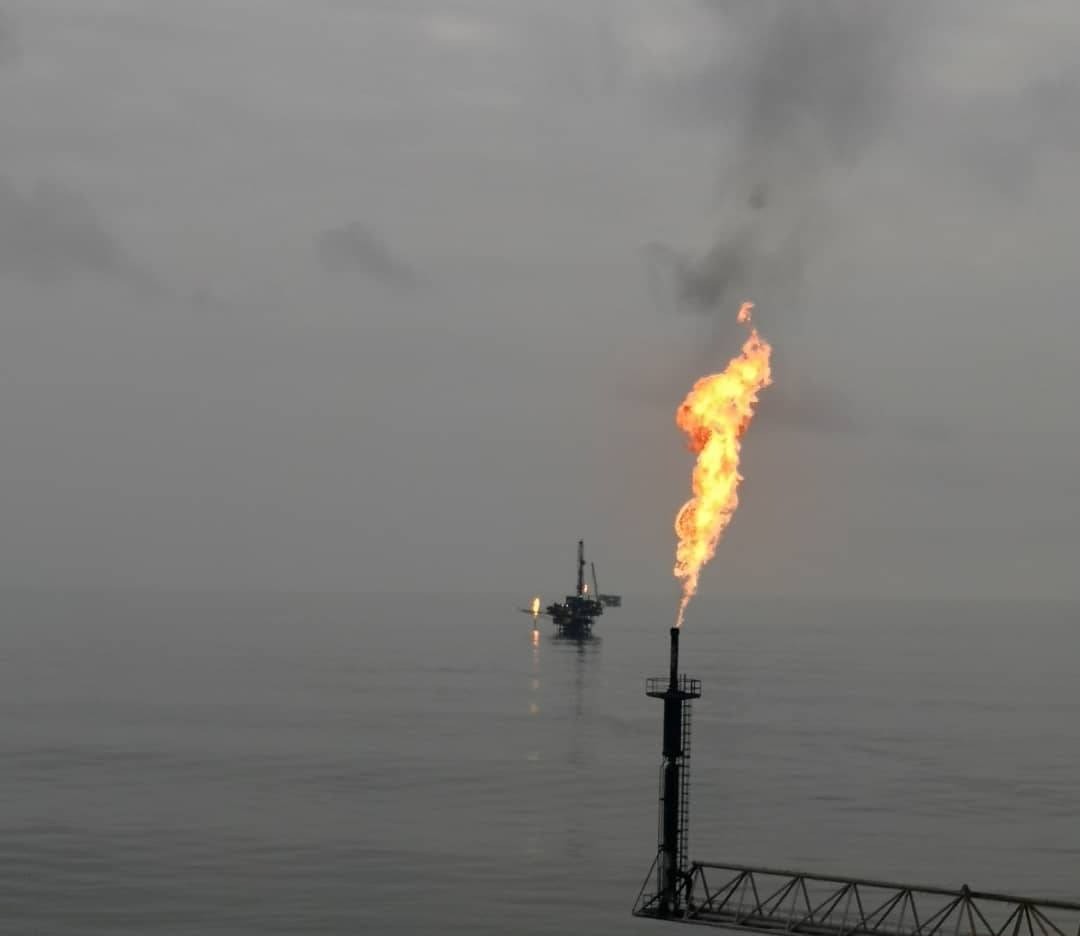
In Peru, Cameroon and Gabon, our consortium was also able to reveal the existence of over a hundred previously unknown pollution incidents, to be published in the upcoming episodes of this investigative series.
While COP15 on biodiversity in 2022 concluded with a commitment by member countries to protect 30% of the planet’s land and sea by 2030, our findings question the fate of existing national parks and reserves.
The current status of these highly valuable biodiversity sites does not seem to be making companies like Perenco back down, nor its shareholders, the Perrodo family, France’s 15th richest family according to Challenges magazine.
Zoom in on the map to see the overlaps of Perenco’s concessions on protected areas in all countries.
74 protected areas exposed to Perenco’s licenses across 9 countries
Perenco is “committed to minimising any pressure on biodiversity and contributing to its restoration” assures the company through a spokesperson, who further adds that the group “defines action plans for each of its divisions, in particular for sites located in protected areas”.
Despite its commitment, the company is unable to provide us with a full list of the protected areas in question, their total number and the countries concerned – with the exception of Guatemala, where “the work carried out by Perenco to protect the flora and fauna is visible, with the Laguna del Tigre having been largely devastated by farmers and illegal occupiers”, still according to the latest.
Last April, however, french Reporterre revealed several cases of “pollution and persecution” in this freshwater wetland, “the largest in the country, made up of rivers, more than 300 small tropical lagoons, savannahs and swamps”.
Overall, we were able to find that the licences operated or held by Perenco are located in at least 74 protected areas spread over 9 of the 14 countries where it operates – i.e. more than two thirds – in Latin America, Africa and Europe.
As many sites at risk for worldwide biodiversity, already in the grip of a “sixth mass extinction”. A phenomenon inseparable from global warming of which fossil fuels combustion remains the main driving force today.
Two inextricable – but co-dependent – phenomena, since the loss of biodiversity alone “exacerbates the effects of climate change”, as the COP Biodiversity Scientific Council reminded its 196 member states a year ago.
Member states such as Guatemala, Tunisia and Venezuela – and, in fact, every country where Perenco operates within protected areas. May it be in mangrove forests, as in the DRC, or in nature reserves – over a dozen in Colombia alone, where Mongabay had revealed that the company had been fined for “27 cases” of “damage to the population, fauna and flora”.


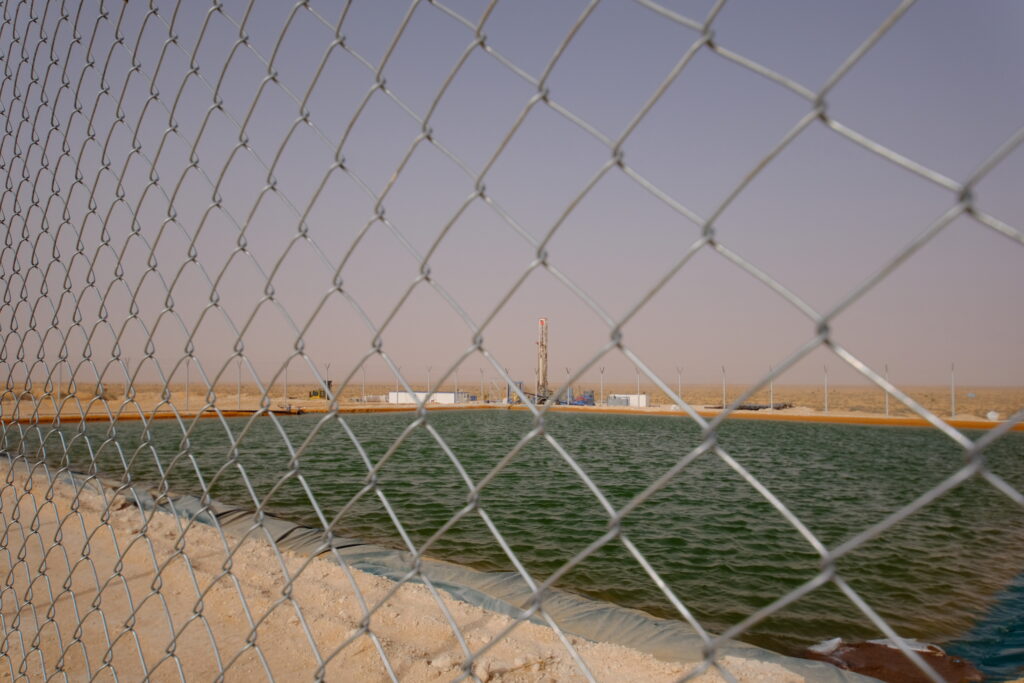
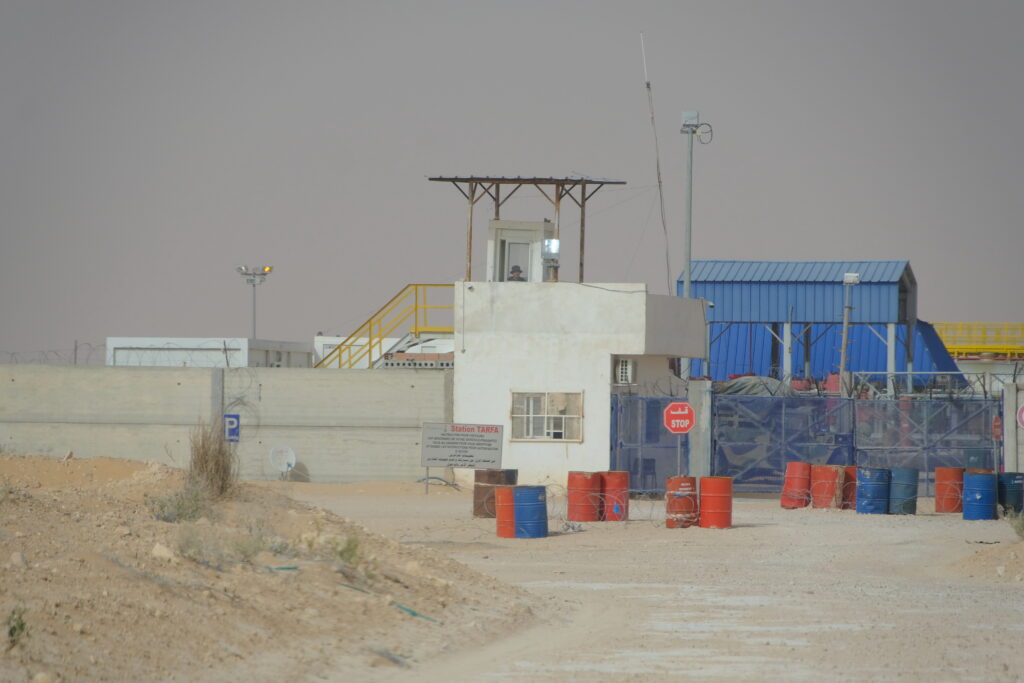
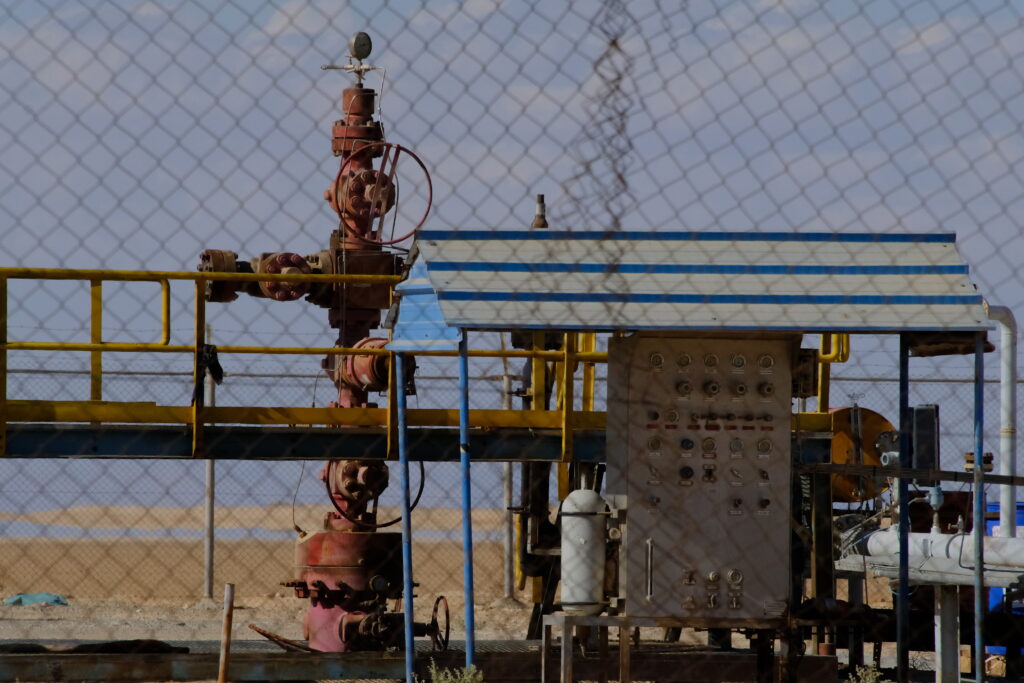
But the company’s areas of activity also include ancestral territories committed to the creation of the Napo-Tigre indigenous reserve in the heart of the Peruvian Amazon. This area that seeks to protect isolated indigenous tribes has been the subject of a legal tug-of-war for almost 19 years over the supposed presence of indigenous peoples who have never had any contact with modern civilisation – which Perenco denies despite photographic evidence.
What hope is there of increasing the number of protected areas worldwide by 2030, if the current status of major wetlands, forests with high carbon sequestration potential and other natural sanctuaries can’t prevent companies from extracting gas and oil within such areas ? And above all, how can this be explained?
The laws in force in the countries concerned are a good starting point. Reviewing them means understanding that the law often has its reasons that the climate ignores.
Permissive regulations and “irregular” sites
When asked about the protected areas in which it operates, Perenco states that it “adheres to all local regulations and best international standards wherever it operates and has all the required authorisations in those countries”.
This is the case in the UK, where half of the company’s problematic concessions are located. Here, the environmental impact studies provided by Perenco will have convinced the British authorities to issue it with various oil licences covering almost thirty protected areas. These include the Dorset and East Devon coastline, a UNESCO World Heritage Site.
A license attribution system which is similar to the Colombian one – and just as permissive since, in the UK as well, these studies could not prevent 73 accidental leaks that occurred in protected areas between 2013 and 2023, as the Greenpeace-affiliated NGO Unhearted recently revealed.
But to each country prevails its own regulatory framework when it comes to protected areas. And what is valid in the UK or Colombia is not necessarily so elsewhere. In Cameroon and Gabon, for example, regulations over protected areas are more restrictive. At least, in theory.
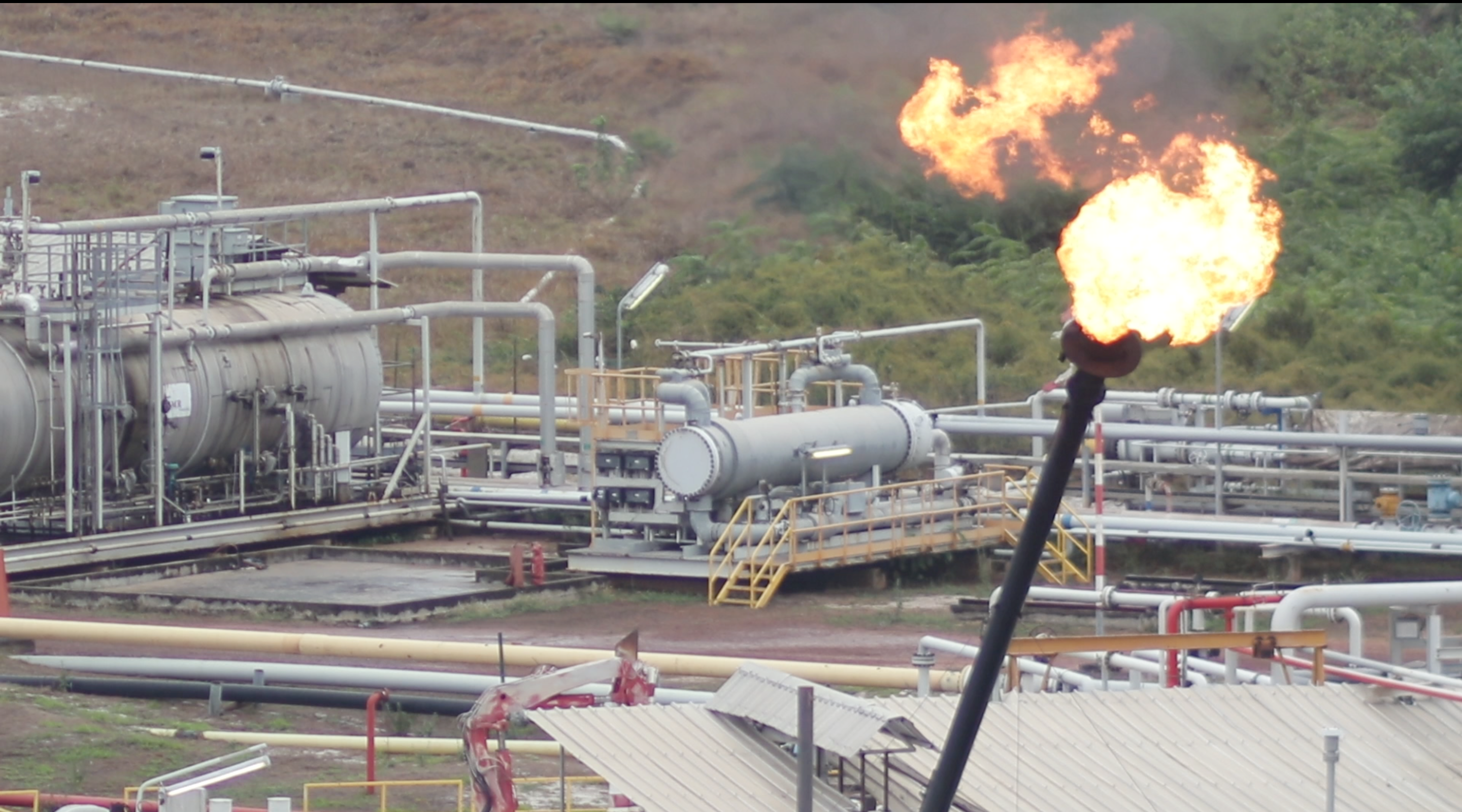
In Cameroon, any “industrial activity” and “extraction of materials” is prohibited within national parks such since 1995. The Ndongere National Park counts among such parks. It is a marine protected area made up of a vast mangrove rainforest, known to be “unique carbon sinks”, according to NASA and located close to a RAMSAR site recognised as a “wetland of importance, the Rio del Rey Estuary. This is where Perenco operates at least 4 hydrocarbon concessions.
Questioned on these findings, Perenco acknowledge that it operates within protected areas “in some cases where protected area status has been declared after the start of the exploitation of hydrocarbons”.
However, we could find that two of the blocks in question had been attributed to Perenco after the classification of these protected areas, contrary to the company’s statement and as featured on Cameroon’s national oil and gas company website. Confronted by these additional findings, neither did the Cameroonian authorities or the company provide any comments over the legality of these concessions.
None of the researchers contacted by our regional partner InfoCongo wished to respond to our interview requests, all considering the subject to be “an overly sensitive political issue”.
In Gabon, however, independent MP Pierre Philippe Akendengué no longer hesitates to denounce the company for which he worked for 18 years as an engineer. “People are suffering too much from Perenco’s activities in Gabon for me to keep quiet”, he says. There, Perenco operates in 12 protected areas: aquatic reserves, marine parks and buffer zones, as Mediapart reveals today.
The elected representative, who initiated a lawsuit against Perenco for “environmental pollution” in 2021 and which was later dismissed in 2021, condemns the multinational’s lack of transparency with regard to local regulations.
“Everything was done in a shroud of secrecy,” he says. “Nobody had access to anything, including the necessary authorisations – which in all likelihood never existed.
Gabonese law indeed requires the publication of a ministerial decree authorising the development of extractive licences within protected areas, as well as the production of a study dedicated scientific committee since 2007.
However, these decrees have not been found in the archives of the country’s Official Gazette, neither did the studies in question, which Gabonese authorities have been unable to provide us with.
In addition, local regulations also mention the possibility of “mining or petroleum” exploitation “after declassification of all or part” of a national park – which is not the case for any of the protected areas where Perenco operates, which are still classified to this day.
According to Gabonese lawyer Gomes Ntchango, the presence of these licences within protected areas that have not been declassified renders such exploitation “irregular” and “all “production activities prohibited”, he adds.
More than just a legal debate, the overlap between oil licences and areas classified for their rich biodiversity is already having a significant impact in the country. According to Franco-Gabonese whistleblower Bernard Rekoula, the situation is “catastrophic, both for the biodiversity of a coastline rich in mangrove forests and for the local populations”.
The environmentalist, initially an audiovisual producer, documented numerous pollution incidents attributed to Perenco in 2021 and 2022 before being forced to seek asylum in France after receiving various threats of imprisonment and physical aggression.
“Oil leaks, irregular gas flaring and waste dissimulation” – a series of pollutions denounced by the whistleblower, all similar to those for which the NGOs Sherpa and Friends of the Earth decided to sue Perenco for “environmental damage” in the Democratic Republic of Congo in 2022.
“Ecological prejudice” and ongoing court cases“
This was an unprecedented procedure, launched to “recognise the civil liability of the French company and seek compensation for environmental damage in the DRC”, as Théa Bonfour, in charge of litigation and advocacy for Sherpa, explains.
In the DRC, too, Perenco operates in the heart of a Mangrove Marine Park, where numerous incidents of pollution documented from 2013 to the present day form the core of the case brought by the two associations.
According to Sherpa’s representative, “the fact that the wells are located in protected areas shows that oil activities are likely to have a major impact on the environment in many of the countries where the group operates.
“In the event of repeated pollution or pollution of a certain scale in the areas concerned, the question of ecological damage could arise”, she also comments on the 74 areas crossed by Perenco.
Contacted regarding this ongoing case, Perenco said it was “unable to comment on an ongoing legal situation”. But according to French media Challenges, this isn’t the only legal case ongoing for the company, which is also subject of several investigations by French National Financial Prosecutor’s Office, notably for “corruption of foreign public officials” in Africa.
However, regarding its flaring activities, Perenco stated that it was aiming for “zero routine flaring by 2030, except in emergencies and in accordance with contractual terms and mineral rights”. The company also added that its extractive methods “comply with international standards and do not present any issues for the health of local populations”, when asked about DRC.
This stance runs counter to the cases of “diarrhoea, respiratory illnesses and benzene contamination” documented jointly by Disclose, Investigate Europe and EIF in an investigation published a year ago.
On the question of its environmental and health impact, the group prefers to answer on the social side, saying that its knowledge and expertise enables it “to target the relevant needs of each specific country and to act as a responsible, committed and sustainable partner”.
Perenco’s spokesperson also added that the group’s knowledge and expertise allows it to “target the relevant needs of each specific country and act as a responsible, committed, and sustainable partner. Perenco invests in programs to construct and rehabilitate structures like hospitals, schools, roads or energy infrastructures with the objective to widen the range of opportunities for the most vulnerable and allow them access to better life conditions”.
When asked about its internal accounting of licences operating in protected areas, and about the legality of its concessions in Cameroon and Gabon in the light of the laws in force, Perenco did not wish to give us a more detailed answer.
The case of Perenco, far from being isolated, has a systemic aspect for the fossil fuel industry. Last May, a study published by the British association LINGO (“Leave it in the Ground”) had already revealed that nearly 3,000 fossil fuel extraction sites are currently spread over more than 800 protected areas around the world. These alarming figures include Total, Shell and their Italian counterpart, ENI.
This investigation was supported by the Journalismund Europe.



